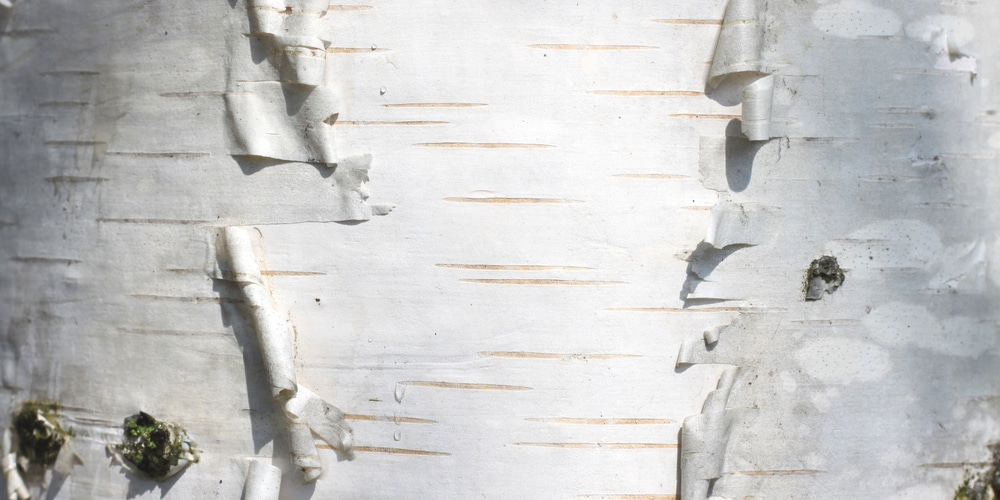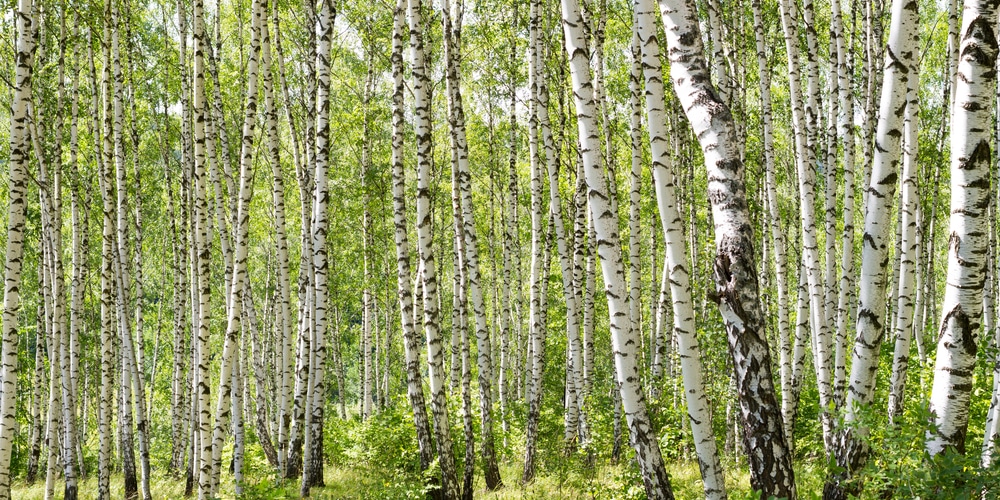We may all agree that birch trees are stunning plants. With their elegant silhouettes, unique-looking trunks, and expansive canopies, these trees are gorgeous regardless of the season.
One of the characteristics that set them apart from other plants is the peeling of their barks. The phenomenon exposes the tree’s trunk and adds new textures to the landscape. The effect is dramatic.
But have you ever asked yourself why birch trees peel? If you want to learn more about birch tree bark peeling, keep reading this essential guide.
What Should you Know About Birch Tree Bark Peeling?

To trees, the bark is the equivalent of humans’ skin. It protects the plant against bacterial infections, harsh weather conditions, and diseases. And all trees shed their “skins” to allow for new growth.
Bark consists of the outer and the inner layer. The latter is living and plays a role in carrying nutrients and water around the plant. On the other hand, the outer bark is dead.
For trees such as oaks, their rigid outer layer cannot stretch as they grow, resulting in the splitting and cracking of their barks. For this reason, their trunks have a rough texture.
On the other hand, birch trees grow fast, meaning they tend to replace their outer layer faster than other tree species. Their barks are smooth and rarely split: instead, they “fall” as the tree expands. Think of it as something like the process of skin-shedding you might have seen in snakes.
Birch trees will only shed their outer layers when regeneration of the new layer occurs. And because it is young, the inner layer exposed as your birch tree peels looks different.
Can You Peel Your Birch Tree’s Bark Off?
While it might be tempting for people to peel off birch trees’ papery bark, that might not be a good idea. Since the outer bark’s role is to protect your tree, removing it with your hands might cause severe damage to your plant.
For instance, it might cause the inner section to turn black due to early exposure to bacteria. Such a condition might make your tree more susceptible to diseases and infections. In the worst-case scenario, your birch tree might prematurely die.
People used to peel bark to create boats, baskets, and other things. However, peeling it too early might place your tree in a dangerous situation. Besides exposing it to harsh external conditions, it might also stop the flow of nutrients to the plant, which can cause the death of your tree.
In essence, birch bark’s removal before the time might damage the phloem (the nutrient transport system we mentioned before) and ultimately kill the plant’s roots.
Usually, if the bark on the tree is loose, the plant no longer needs it. But if it is still attached to the trunk, you should not touch it or tear it. After all, peeling off bark that still serves a purpose to your tree might harm your plant and expose vulnerable areas to weather, unfavorable conditions, and bug infestations.
So, to keep your birch trees healthy, wait for their bark to fall off on its own. Don’t forget that peeling is a natural process that should not cause any concern. However, sometimes, it might be a symptom of diseases. Jump to the following section to learn how to recognize such a situation!
How do you know if there is something wrong with your Birch?
Birch trees are susceptible to attacks from pests and diseases. Some insects might cause their bark to split and shed. You can recognize unhealthy shedding by looking closer.
If you notice fungal growth beneath the loose bark, you are dealing with a bacterial infection. One of the most common causes of unhealthy peeling is the presence of a Hypoxylon canker.
Unfortunately, some diseases, including Hypoxylon canker, are hard (or impossible) to cure. Your tree’s response will depend on its overall health.
Sometimes, you might be lucky enough to solve the issue by removing the diseased branch. But if the infection has spread to the entire trunk, there will be little to do.
Additionally, extreme temperatures might cause your birch tree’s bark to crack open. When the tree suffers from freeze damage, its outer layer might lose some of its cold-hardiness and result in sunscald, which might cause the formation of frost cracks.
Birch tree bark peeling: Conclusion
Usually, the part of your tree exposed to the south is more prone to this kind of damage. To prevent this from happening, consider adequately protecting your tree during the winter.
Related Article: 8 Trees With Peeling Bark

